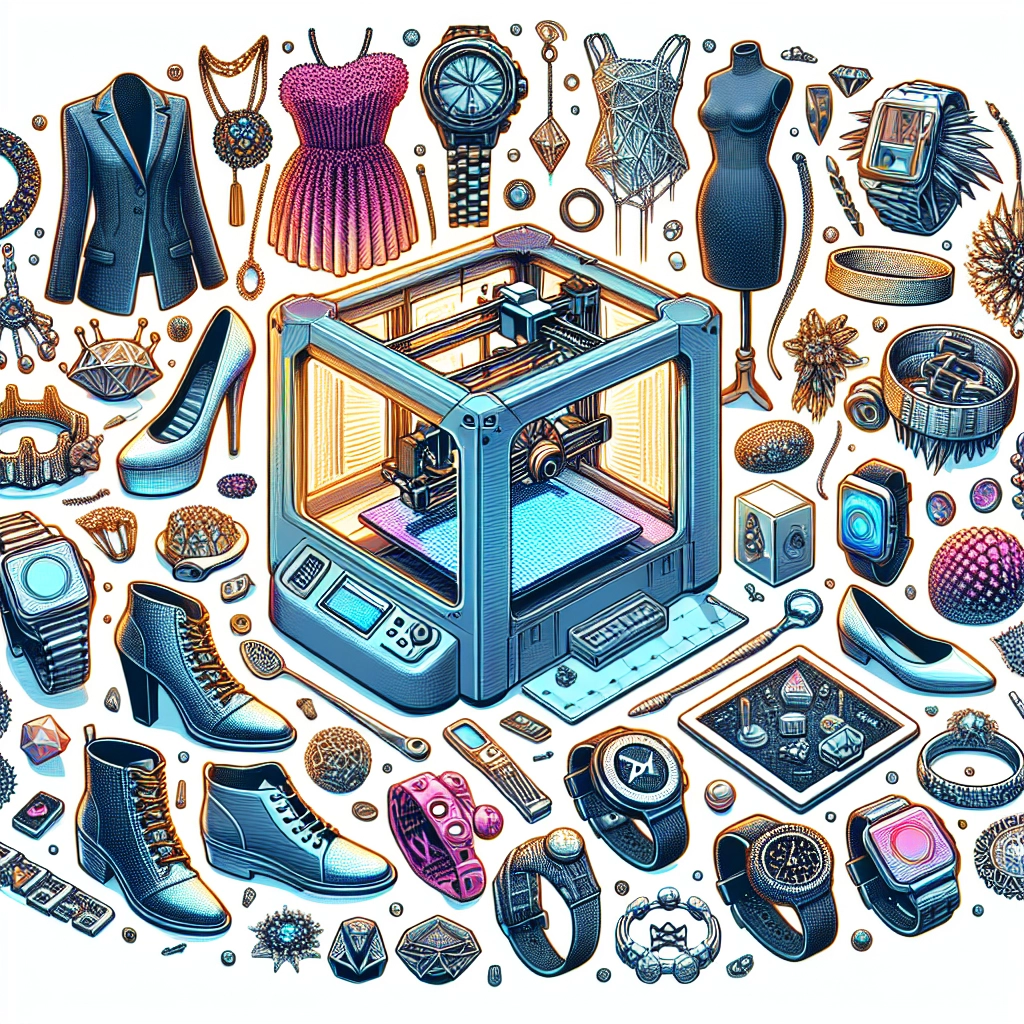The Impact of 3D Printing on Fashion and Wearables
In a world where technology seems to evolve at lightning speed, few innovations have made a splash quite like 3D printing. This revolutionary technique, which allows for the creation of three-dimensional objects from digital files, has slowly but surely brought a whirlwind of change to a variety of industries—and fashion is no exception. As we delve into the impact of 3D printing on fashion and wearables, it’s fascinating to see just how this technology is reshaping our styles, sustainability efforts, and even the way we approach customization.
Redefining Design Possibilities
One of the most exciting aspects of 3D printing in fashion is the endless design possibilities it brings to the table. Traditional garment manufacturing often involves a series of time-consuming and labor-intensive processes. In contrast, 3D printing allows designers to experiment in innovative ways, creating intricate structures and complex patterns that would have been prohibitively difficult or impossible with conventional methods.
For example, designers like Iris van Herpen and Francis Bitonti have hit the spotlight for their avant-garde collections that seamlessly blend art and technology. Their creations feature stunning geometric patterns and unique textures—things that could only come to life thanks to 3D printing. This technology has effectively expanded the designer’s toolkit, embracing creativity that challenges the norms of fashion.
Personalization Meets Performance
Another exciting aspect of 3D printing is how it enables brands to offer personalized and tailor-made wearables. Why settle for off-the-rack items when you could have a piece that’s designed specifically for you? With 3D printing, the possibilities for customization are nearly limitless. Consumers can choose everything from colors and patterns to materials that fit not only their style but also their body shapes perfectly.
This level of personalization is especially valuable in the world of activewear. Imagine training gear designed to your exact specifications, enhancing both your performance and comfort. Companies like Under Armour and Nike are already harnessing 3D printing to create bespoke athletic footwear that fits like a glove, promising not only style but also improved functionality.
Sustainability in Fashion’s Future
We can’t discuss the impact of 3D printing on fashion without highlighting its potential benefits for sustainability. The fashion industry is often criticized for its environmental impact—think resource-intensive production methods, textile waste, and fast fashion’s relentless cycle. However, 3D printing holds the key to more sustainable practices.
For starters, the additive nature of 3D printing means that items are created layer by layer, reducing waste compared to traditional subtractive manufacturing methods. Additionally, it allows brands to produce only what’s truly needed, eliminating overproduction and excess inventory that too often ends up in landfills.
Furthermore, some fashion innovators are using 3D printing to create garments from recycled plastics and other sustainable materials. This significant push towards eco-friendly production practices is one of the most critical shifts in the fashion world, driven by consumer demand for more ethical choices.
The New Fabric of Wearables
The integration of 3D printed elements into wearables is another exciting frontier. From smart textiles that adapt to the wearer’s body temperature to those that monitor health metrics, the combination of technology and fashion is leading to some truly groundbreaking designs. Imagine clothing that can change color or shape in response to your mood or external conditions—this is not just the stuff of sci-fi anymore.
Companies like CuteCircuit have pioneered the development of textile-based electronics, opening the door to clothing that can integrate seamlessly with devices we already use daily. Wearable technology has typically been hindered by bulky devices, but with the precision of 3D printing, we are beginning to see sleek, functional designs that fit our lives as naturally as the clothes we wear.
Shaping the Future of Fashion
As we look at the journey of 3D printing within the fashion and wearables sector, it’s clear that this technology is not just a passing trend; it’s a paradigm shift. It encourages creativity, enhances personalization, and paves the way for more sustainable practices, ultimately reshaping the way we interact with fashion.
While we’re still at the beginning of this revolution, there’s no doubt that as 3D printing technology continues to advance, our wardrobes will become increasingly dynamic and innovative. Fashion is all about expression, and with 3D printing, the future of our fashion statements is brighter, more unique, and wholly ours. So, whether you’re a designer or a fashion enthusiast, get ready to embrace this digital couture era—it’s going to be quite the ride!

